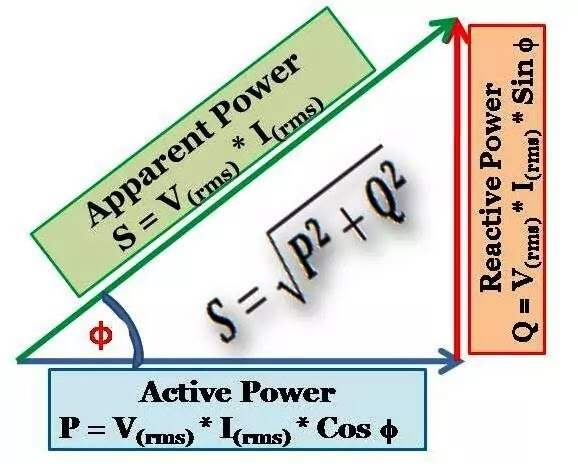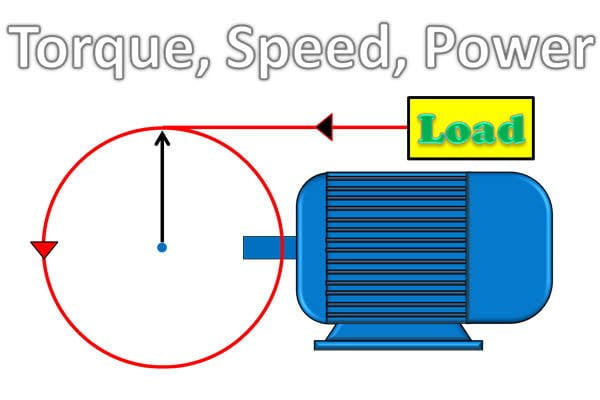What is an Ammeter ?
An Ammeter is an Electronic Device or an Instrument Which is used to measure electric current flowing through an Electric Circuit.

Why it is called an Ammeter ?
The current is the flow of electrons whose unit is ampere. Hence the instrument which measures the flows of current in ampere is known as ampere meter or ammeter.
What is the Working principle of ammeter ?
The Working principle of it depends upon the resistance as well as inductance reactance. The value of resistance and inductive reactance must be very low.
It has a very low impedance as the voltage drop across the ammeter should be low. It cannot be connected in parallel because of the above-mentioned reason.
In a series connection, the current will be same. Also connecting an ammeter in parallel may result in short circuit and the current passing through ammeter might burn the instrument.
For an ideal ammeter, the impedance must be zero so that the voltage drop across the instrument is zero.
What are the main Functions of it ?
The main functions of it is used to measure current flow through a circuit.
What happens when Voltmeter and Ammeter interchange their position?
Ammeter is always connected in series because it has low resistance.
Voltmeter is always connected in parallel. because it has high resistance.
So conditions is what happens when both interchange their position..
Ammeter is connected in parallel. So it has very low resistance…current follow only low resistive path….so they act like short circuit and also there are chances of ammeter getting damaged.
Now, if Voltmeter is connected in series. Then due to high resistance no current will flow through circuit. So no voltage drop occur. Voltage in same line is zero
Ammeter vs Voltmeter
The reason for the low resistance of it is that the current flowing in the circuit can be read exactly.
When the resistance of the ammeter is low, almost all the current in the circuit is allowed to pass through the ammeter.
This allows it to read the current precisely in the circuit. If, on the other hand, the resistance of the ammeter was higher, the ammeter would read a value less than the actual value flowing through the circuit.
This is because, in this case, the ammeter itself would be opposed to the current flow.
Which has more resistance, a galvanometer, a voltmeter, or an ammeter?
For voltmeter resistance should be infinity
And for Ammeter it should be zero
How is the voltmeter and ammeter connected in a circuit?
The answer is very simple. First you have to know there basics of an ammeter and voltmeter.
An ammeter is used to measure the current passing through it, which means the current which we want to measure should flow through that meter. So there should be very low resistance, then only the current can pass through the meter, and the meter shows deflection.

Since it has low resistance if it is connected in parallel the circuit will be shorted. So we always connect an ammeter in series.
For a voltmeter it should measure the voltage across the input terminals as we know that voltage is equal in parallel connection then we should connect it in parallel with the supply or load (both means same), for a parallel connection it should have high resistance beacuse if it has low resistance then the circuit will be shorted.
So the voltmeter should be connected in parallel.
How is ammeter connected in an electric circuit?
It connected in series in an electric circuit.
What is an ammeter, voltmeter and multimeter? How are they different from each other?
Ammeter = current measurement
Voltmeter = voltage measurement
Multimeter = current ,voltage , resistance , npn ,pnp, diode etc testing
Ammeter :- Buy
Multimeter :-Buy
Frequently Asked Questions
Check Out Other Important Topics



